-
Product Name
53BP1 Polyclonal Antibody
- Documents
-
Description
Polyclonal antibody to 53BP1
-
Tested applications
WB, IHC, IF
-
Species reactivity
Human, Mouse, Rat
-
Alternative names
TP53BP1 antibody; 53BP1 antibody; TDRD30 antibody; TP53 antibody; p202 antibody; p53BP1 antibody; tumor protein p53 binding protein 1 antibody
-
Isotype
Rabbit IgG
-
Preparation
Antigen: Recombinant fusion protein containing a sequence corresponding to amino acids 1763-1977 of human 53BP1 (NP_001135452.1).
-
Clonality
Polyclonal
-
Formulation
PBS with 0.02% sodium azide, 50% glycerol, pH7.3.
-
Storage instructions
Store at -20℃. Avoid freeze / thaw cycles.
-
Applications
WB 1:500 - 1:2000
IHC 1:50 - 1:200
IF 1:50 - 1:200 -
Validations
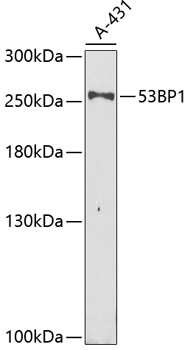
Western blot - 53BP1 Polyclonal Antibody
Western blot analysis of extracts of A-431 cells, using 53BP1 antibody at 1:1000 dilution.Secondary antibody: HRP Goat Anti-Rabbit IgG (H+L) at 1:10000 dilution.Lysates/proteins: 25ug per lane.Blocking buffer: 3% nonfat dry milk in TBST.Detection: ECL Enhanced Kit .Exposure time: 40s.
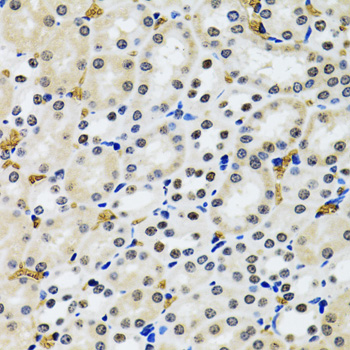
Immunohistochemistry - 53BP1 Polyclonal Antibody
Immunohistochemistry of paraffin-embedded rat kidney using 53BP1 antibody at dilution of 1:100 (40x lens).
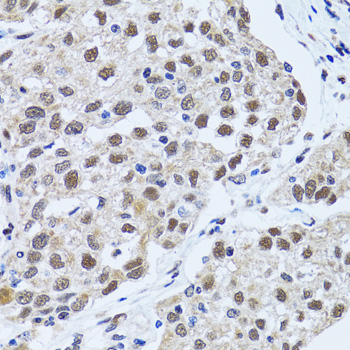
Immunohistochemistry - 53BP1 Polyclonal Antibody
Immunohistochemistry of paraffin-embedded human lung cancer using 53BP1 antibody at dilution of 1:100 (40x lens).
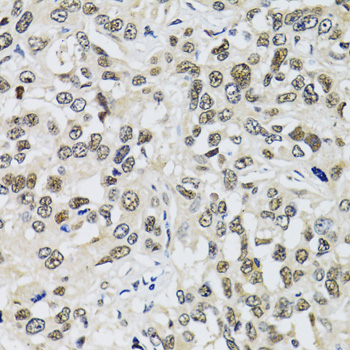
Immunohistochemistry - 53BP1 Polyclonal Antibody
Immunohistochemistry of paraffin-embedded human liver cancer using 53BP1 antibody at dilution of 1:100 (40x lens).
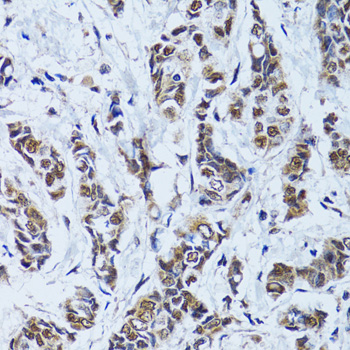
Immunohistochemistry - 53BP1 Polyclonal Antibody
Immunohistochemistry of paraffin-embedded human breast cancer using 53BP1 antibody at dilution of 1:100 (40x lens).
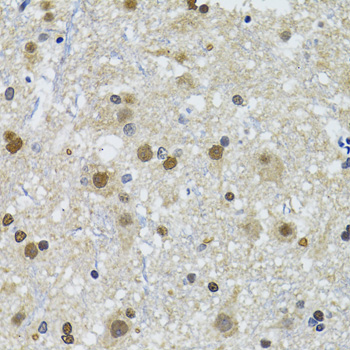
Immunohistochemistry - 53BP1 Polyclonal Antibody
Immunohistochemistry of paraffin-embedded mouse spinal cord using 53BP1 antibody at dilution of 1:100 (40x lens).
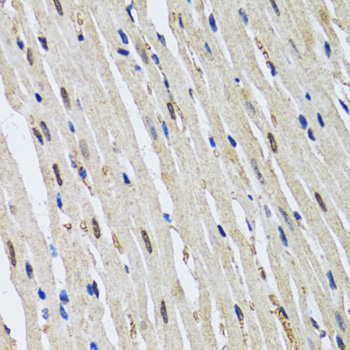
Immunohistochemistry - 53BP1 Polyclonal Antibody
Immunohistochemistry of paraffin-embedded mouse heart using 53BP1 antibody at dilution of 1:100 (40x lens).
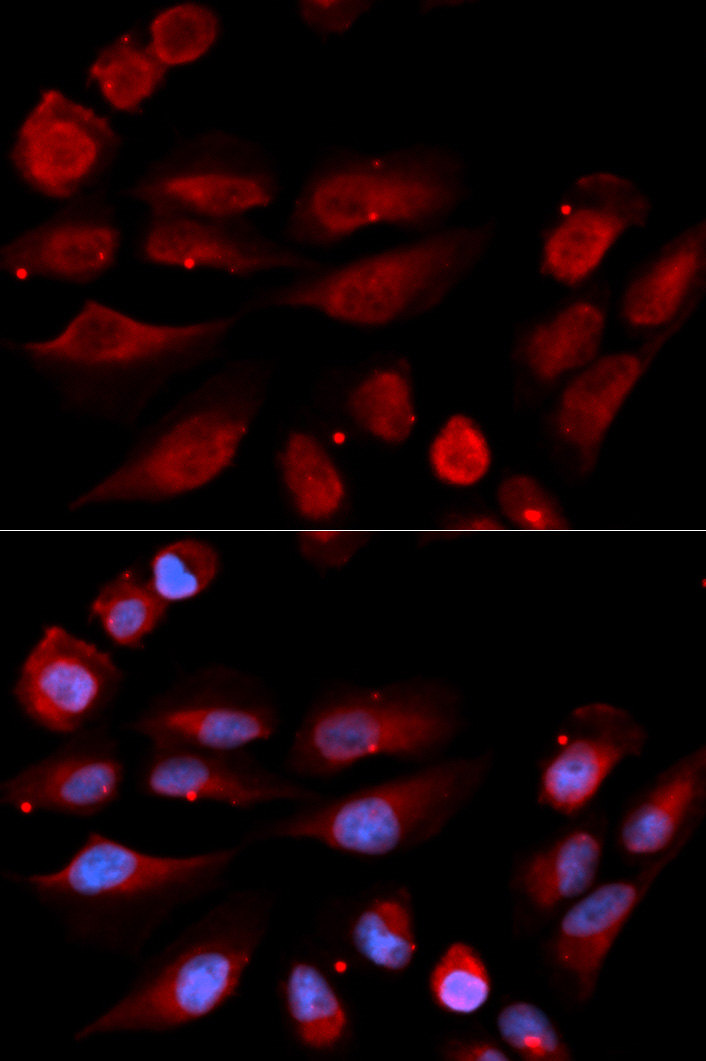
Immunofluorescence - 53BP1 Polyclonal Antibody
Immunofluorescence analysis of U2OS cells using 53BP1 antibody . Blue: DAPI for nuclear staining.
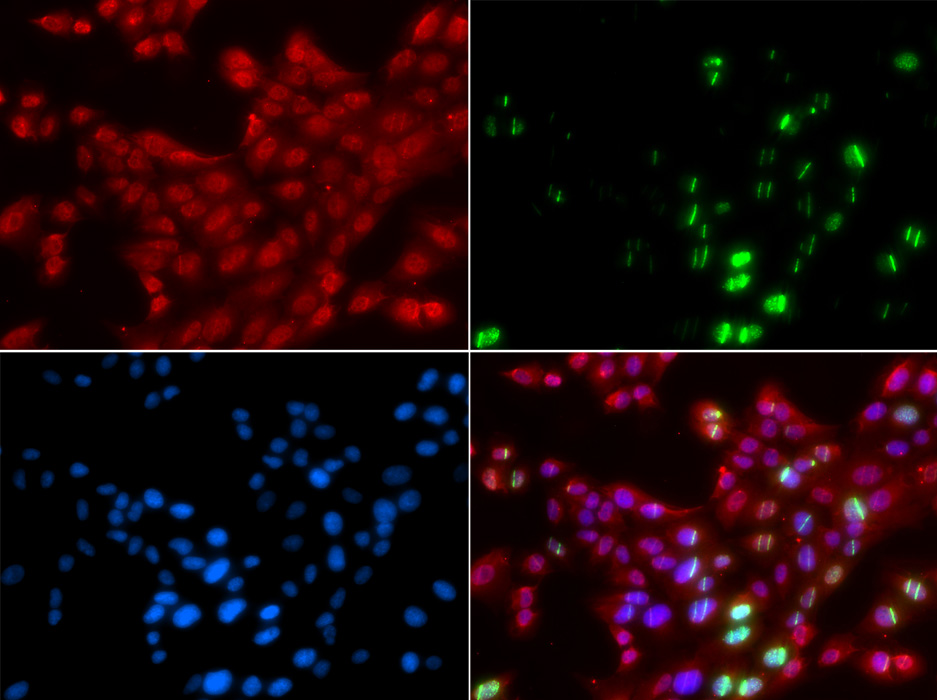
Immunofluorescence - 53BP1 Polyclonal Antibody
Immunofluorescence analysis of GFP-RNF168 transgenic U2OS cells using 53BP1 antibody . Greenuff1aGFP-RNF168 fusion protein expression for DNA damage marker.Blue: DAPI for nuclear staining.RNF168 can be used to mark cells damaged by UV-A laser for they always gather around DNA damage region.
-
Background
Double-strand break (DSB) repair protein involved in response to DNA damage, telomere dynamics and class-switch recombination (CSR) during antibody genesis. Plays a key role in the repair of double-strand DNA breaks (DSBs) in response to DNA damage by promoting non-homologous end joining (NHEJ)-mediated repair of DSBs and specifically counteracting the function of the homologous recombination (HR) repair protein BRCA1. In response to DSBs, phosphorylation by ATM promotes interaction with RIF1 and dissociation from NUDT16L1/TIRR, leading to recruitment to DSBs sites. Recruited to DSBs sites by recognizing and binding histone H2A monoubiquitinated at 'Lys-15' (H2AK15Ub) and histone H4 dimethylated at 'Lys-20' (H4K20me2), two histone marks that are present at DSBs sites. Required for immunoglobulin class-switch recombination (CSR) during antibody genesis, a process that involves the generation of DNA DSBs. Participates to the repair and the orientation of the broken DNA ends during CSR (By similarity). In contrast, it is not required for classic NHEJ and V(D)J recombination (By similarity). Promotes NHEJ of dysfunctional telomeres via interaction with PAXIP1.
Related Products / Services
Please note: All products are "FOR RESEARCH USE ONLY AND ARE NOT INTENDED FOR DIAGNOSTIC OR THERAPEUTIC USE"
